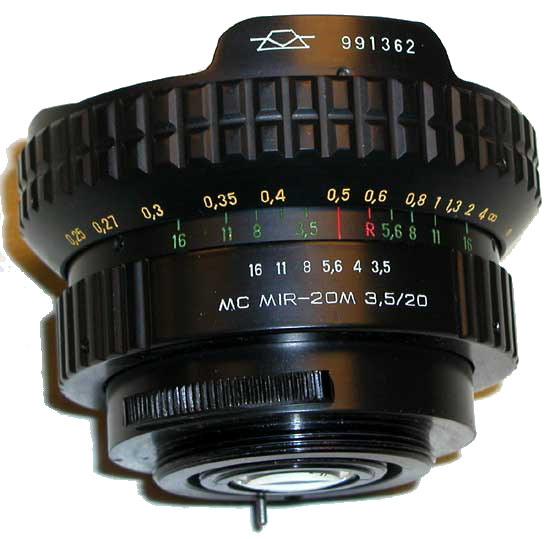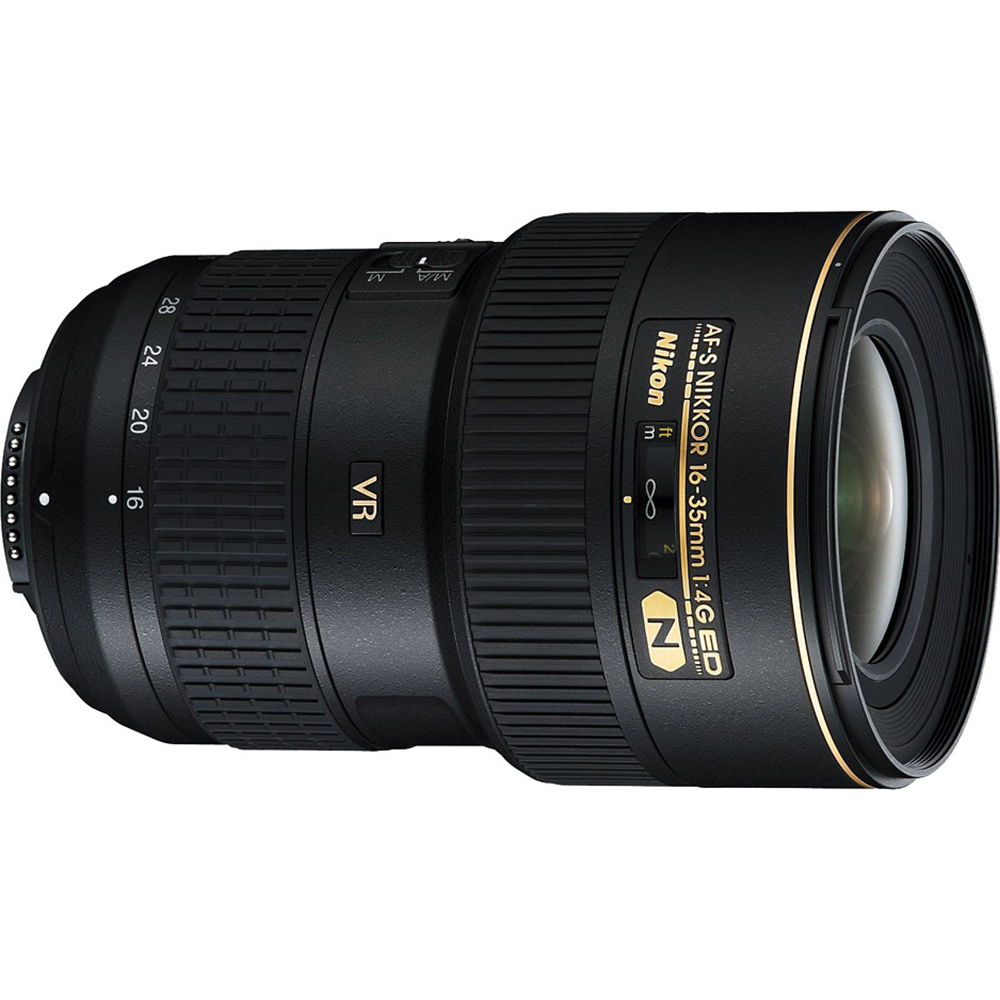

However, I particularly like zooms for wide angled photography, because I often use wide angle views and extensive depth of field to pitch extreme foreground objects against background objects. It's affordable, tough, well sealed, extraordinarily well coated, very sharp at moderate/smaller apertures (less so, wide open, particularly in the margins), and very well controlled for chromatic aberration.įAIW, zooms and primes have been argued for ages and will be argued forever more. The 17-40 gets mixed reviews, but I really like the lens.


It's less wonderful for architectural photography, owing to distortion, but that's correctable in post. For most of my purposes, the 17-40 by day around f/8 - f/11 is a wonderful lens. I don't shoot much at night, but I can certainly agree with all that Robert Body has discussed. experience.Īshish, I use a 17-40/4 with good results. and then there is post-processing and right exposure that play a difference, besides the quality of light. There are other lens qualities such as contrast, resistance to flaring from shooting into the sun. So generally a f/4 wide angle lens is enough. Generally the 17-40mm I have is enough, and instead of 16-35mm I would want 24mm f/1.4 not just because of the f/2.8 vs f/1.4 but also for the starburst that the lens gives, it's flare resistance when shot into the sun directly. But then you can have a 3 times the cost between a 17-40mm and 16-35mm. So it's generally nice to have different tools (like a lens with f/2.8 or faster), even if you don't use it all the time. However, in the following picture, f/1.4 was not enough to give enough depth of field (several specific spots were not all in focus how I wanted them to be), but at f/2.8 it was okĪnd again in the above shot, maybe f/4 wouldn't make the water look the same (maybe in this case but not next time) So there are different reasons why you don't need f/2.8 or faster. In the following shot it was over 1second long and the same lake was calm, but I wanted the light source starburst to be how it is, which is sometimes at f/11 or f/16 Shutter speed was effecting the look of the water ripples.
#Nikon wide angle with big aperture iso#
The light was low and already f/2.8 was not enough so I had to use higher ISO and get more grain than I like. The difference between f/2.8 and f/4 or f/5.6 is noticeable definitely for wide angles, when you have a moving something in low light, like below there were slight waves.


 0 kommentar(er)
0 kommentar(er)
